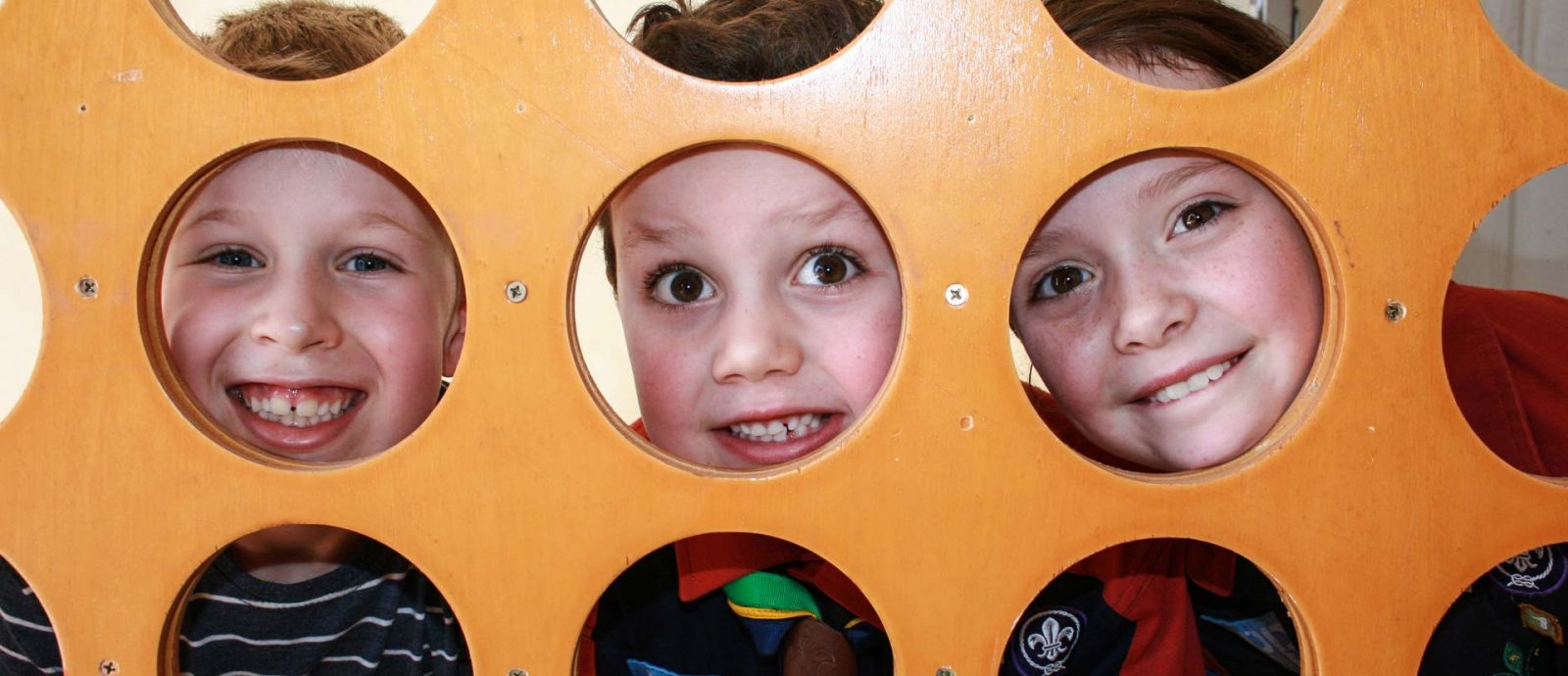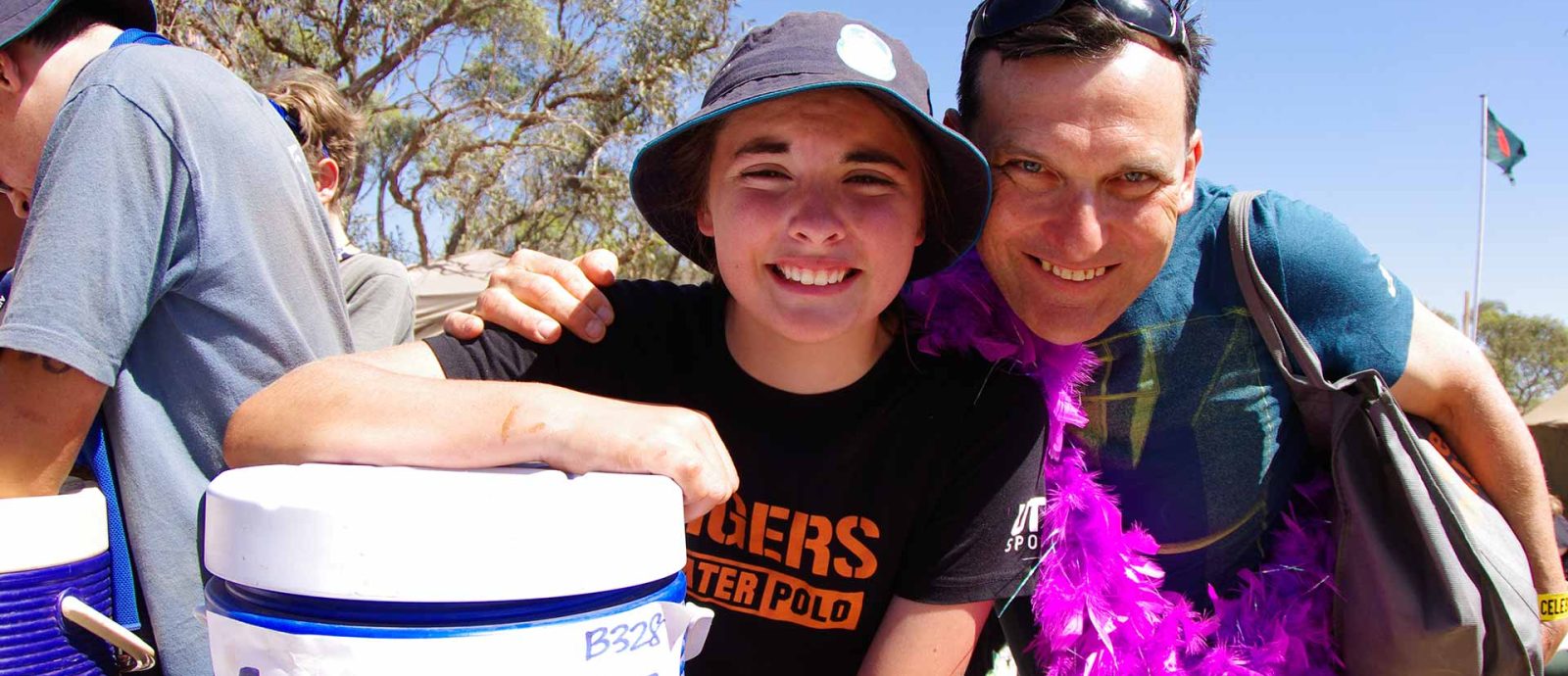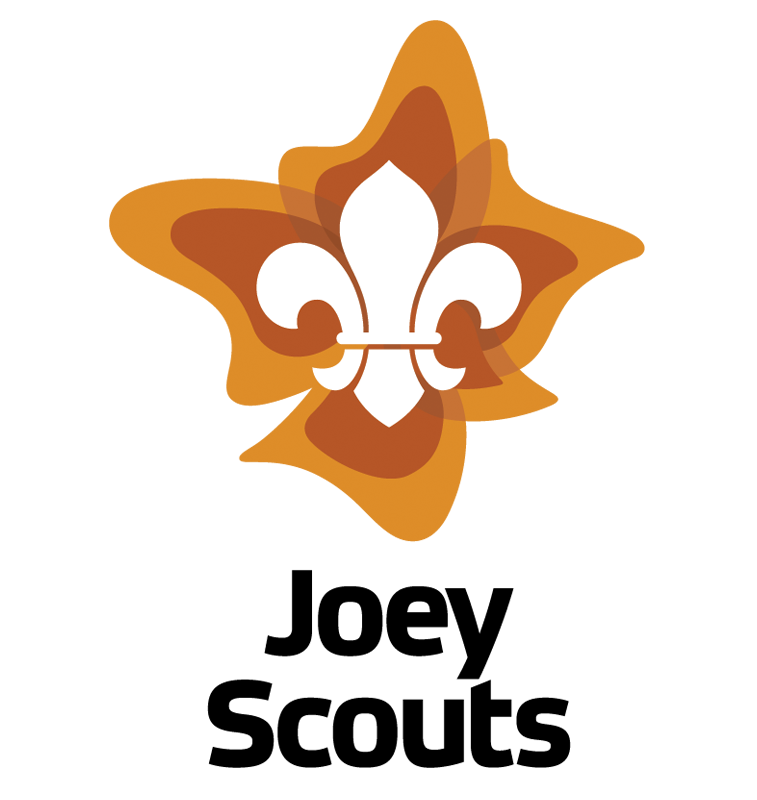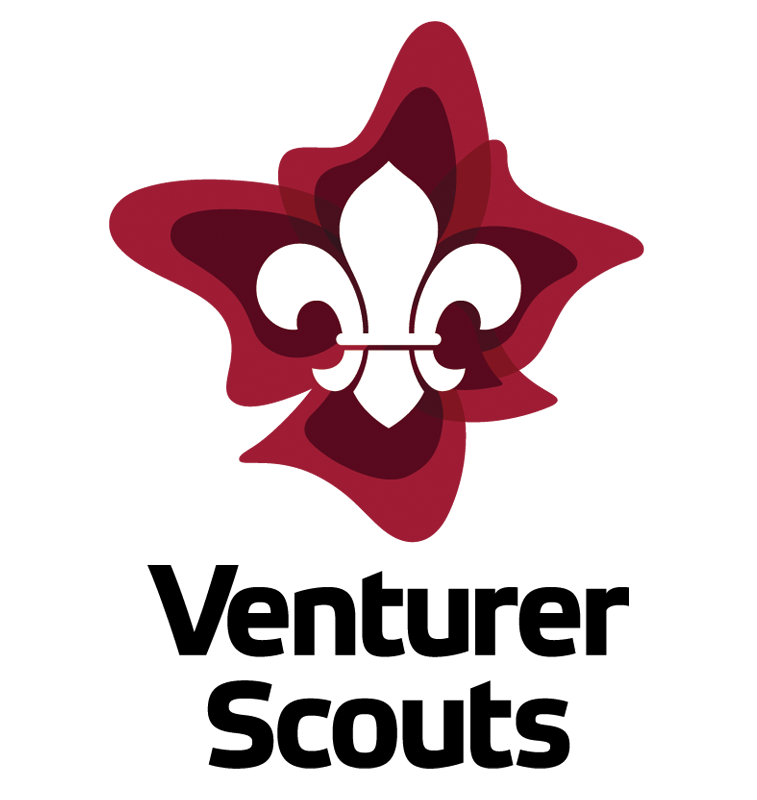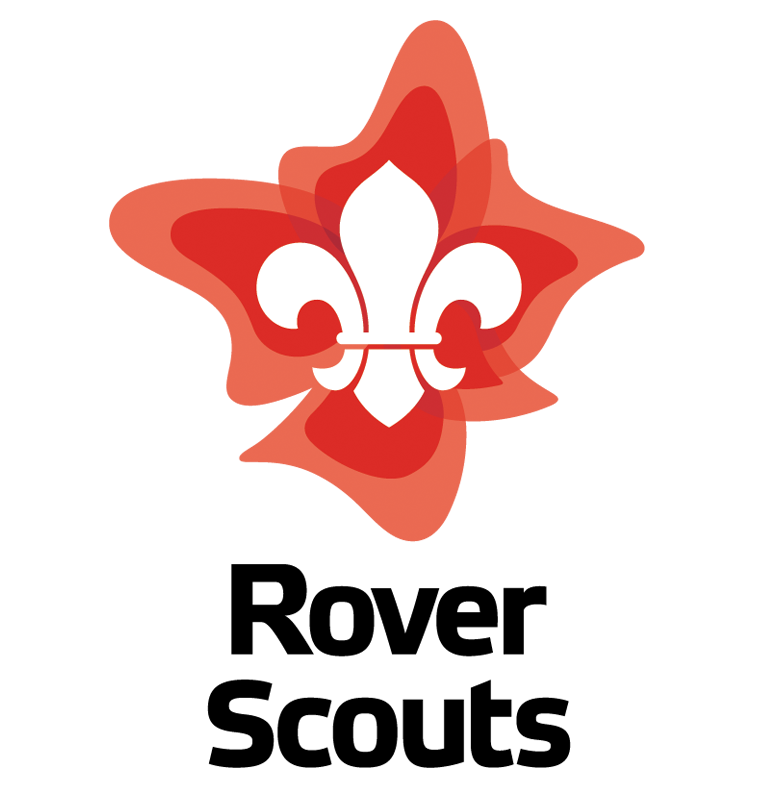Achievement Pathways
The Achievement Pathways are the way we recognise personal progression for individual Scouts and include a range of different elements.
From the beginning of the Joey Scout section through to the end of the Rover Scout section, the Achievement Pathways fit within the one journey model of Scouting. The framework features a continuous series of personal achievement across the whole program.
The Achievement Pathways also provide some structure to the element of the Scout Method we call personal progression.
Each person’s exploration of the Achievement Pathways will be different, but equally as rewarding.
The best way to describe the Achievement Pathways is to imagine a journey across a mountain range, with each section of the program exploring a new and more challenging section of the range.
Some Scouts will find that mainly exploring the bases of each mountain fulfils their needs and personal growth. Whereas, other Scouts will seek different challenges and journey further up the mountain, or even the peak!
It is important to realise that not everyone wants or needs to reach the peak: there are plenty of other challenges and opportunities for development along the way.
Most importantly, it’s the journey that matters most.
Outdoor Adventure Skills
The Outdoor Adventure Skills are structured under one true program approach and present a number of the most popular outdoor pursuits. These skills are encouraged for all sections and there are no age restrictions on achievement, except where required by Australian legal frameworks.
The Outdoor Adventure Skills are divided into two broad categories: core skills and specialist skills.
Core Skills
Bushcraft, Bushwalking and Camping are the three core Outdoor Adventure Skills and these activities are accessible to all members across Australia no matter where they live. These core skills are seen as the base that other skills are built upon.
To achieve the Peak Award, stage 5 of these three skills will need to be completed.
Specialist Skills
Alpine, Aquatics, Boating, Paddling and Vertical are the six Specialist Outdoor Adventure Skills. Depending on where a Scout lives, some of these activities might not be accessible near their home so a camp or activity in a different location would be the best place to complete these skills.
The six specialist skills are not compulsory, although some of these stages will need to be completed in order to achieve the Peak Award.
Special Interest Areas
Special Interest Areas are six broad skill areas that a Scout may choose to explore and are tailored to an individual’s own interests. When proposing a Special Interest Area project, individual goals will need to be set using the Plan>Do>Review approach all within a set timeframe.
Awareness of existing skill knowledge is required and an understanding of what skills will need to be developed to achieve the individual’s set goals.
Whilst the intention for Special Interest Artes is to enable pursuit of topics or activities that specifically interest you, work can be completed individually, in Patrols or as a whole Unit.
The Special Interest Areas are:

Adventure & Sport

Arts & Literature

Creating a Better World

Environment

Growth & Development

STEM & Innovation.
(Science, Technology, Engineering, Mathematics)
Peak Award
The Peak Award for each age section is a big achievement for a Scout. It is designed for individual Scouts who want to give a whole range of things a try and to experience a high number of personal challenges. Usually it will involve Scouts completing some challenges in their own time as well as being involved in the Unit Program.
Each section has its own name for their Peak Award:
Joey Scout Challenge Award – Joey Scout section
Grey Wolf Award – Cub Scout section
Australian Scout Award – Scout section
Queen’s Scout Award – Venturer Scout section
Baden-Powell Scout Award – Rover Scout section
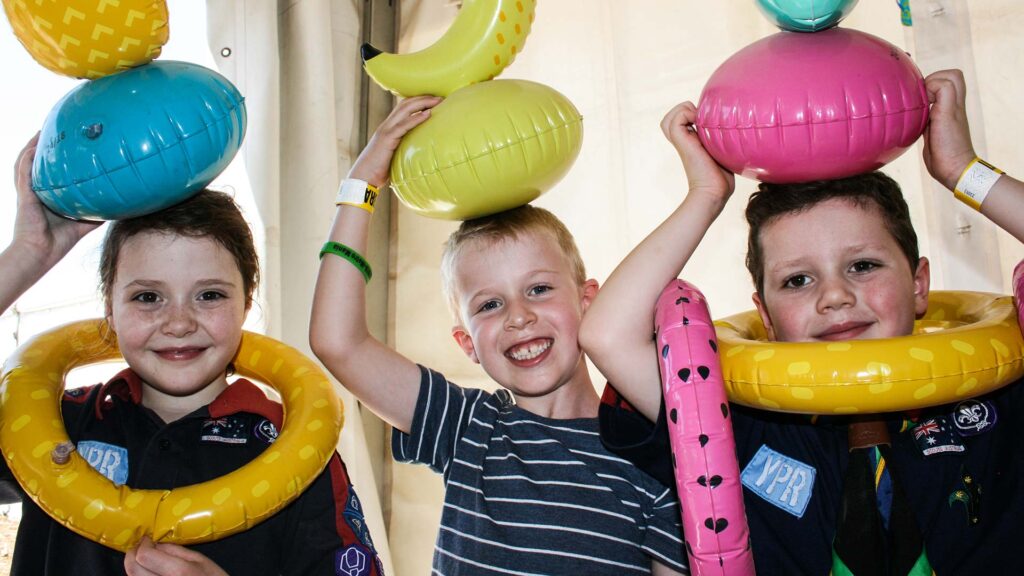
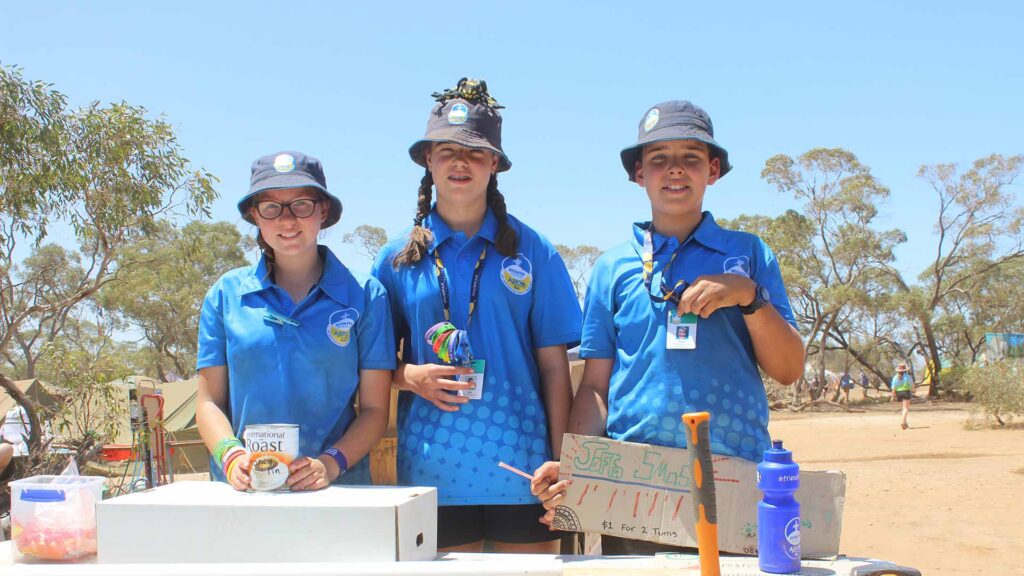
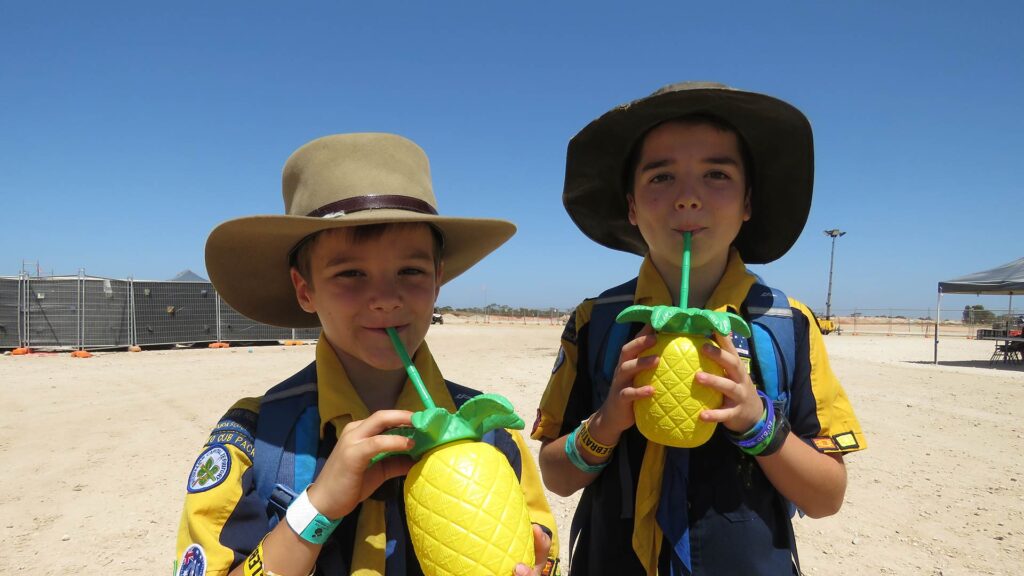
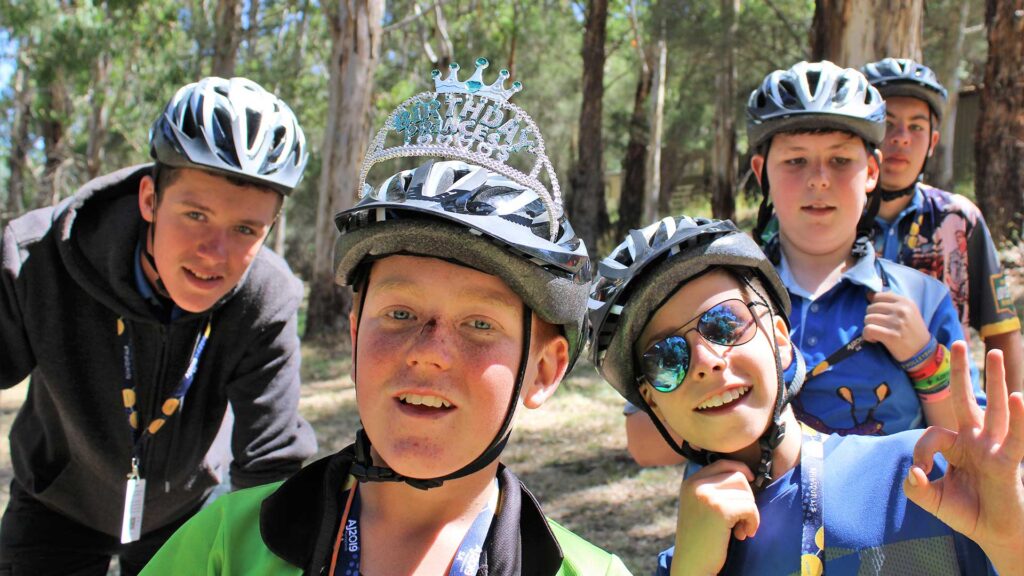
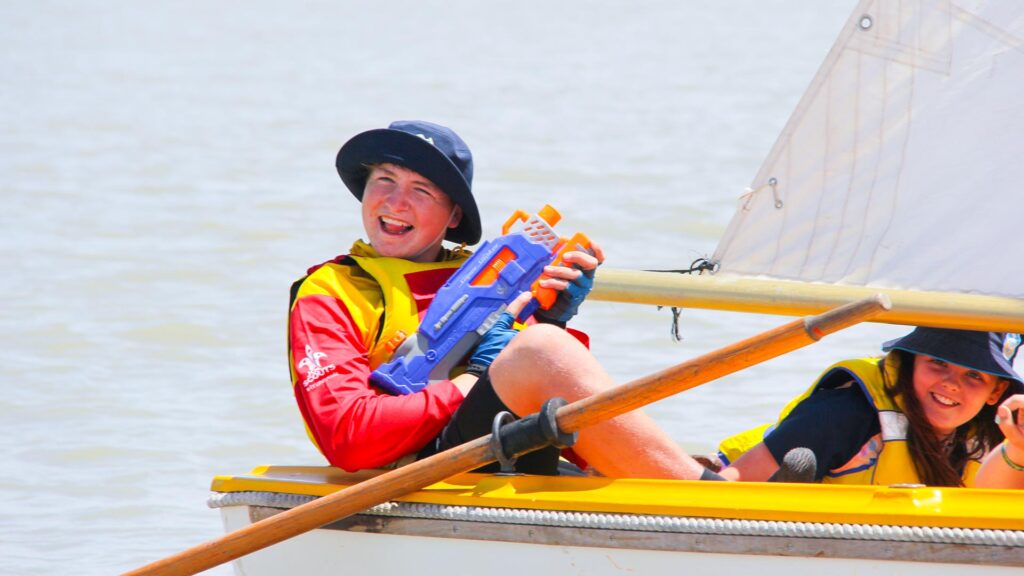
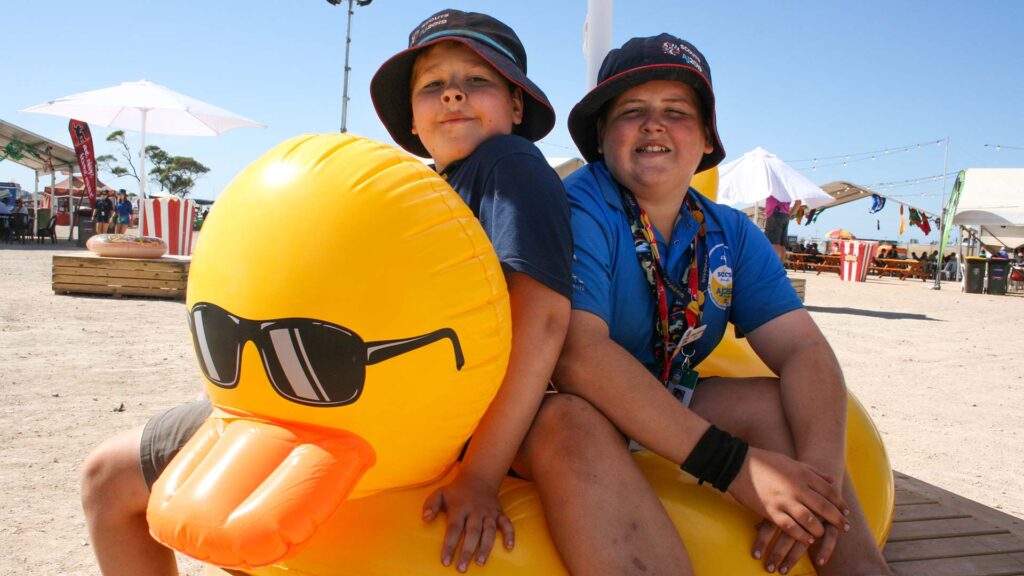
Additional Awards
Aside from the main aspects of the Achievement Pathways previously mentioned, there are some achievements that Scouts might choose to explore. There are badges that can be earnt on a stand-alone basis or combined with other areas of the Achievement Pathways and these include:
Amateur radio
A member of Scouts Australia who obtains an Amateur Radio Operator’s Licence, in accordance with Government regulation, may wear the Amateur Radio Operator badge on the right sleeve of the uniform. The licence is issued by the Australian Communications and Media Authority subject to examination or equivalent qualifications. Each grade of licence allows specific privileges for use of the electronic spectrum regarding frequencies and power limitations. There are no minimum age requirements.
First Aid
As a Scout, a First Aid badge can be worn on their uniform once competency in first aid is assessed by an approved first aid education provider. To continue to wear the First Aid badge, you must maintain currency in CPR (annual reassessment) and first aid (renewal every three years). Only one First Aid badge may be worn at any one time, regardless of how many levels of first aid you have been assessed in.
Landcare
Landcare projects can take place in any community, and there has been a strong incentive for Scout Groups to work with their local community in tackling important local projects such as care for bushland, dunes and creeks. The Landcare badge is designed to encourage youth members from all sections to participate in local Landcare projects. There are multiple ways to achieve a Landcare badge that include participation in three Nationally-accredited environment events either supported or run by Landcare Australia, providing evidence of membership to a Landcare Group with regular volunteer attendance or a combination of both requirements with a minimum of 10 hours participation within a 12-month period.
Language Emblem
If a Scout is proficient in any language or languages as well as in English, an emblem can be worn on the flap of the pocket of the shirt indicating the languages spoken. The qualifying tests require having a simple conversation for 10 minutes, write a letter of at least 100 words and to translate in your own time with the help of a dictionary, an easy passage from a book or magazine.
Messengers of Peace
As part of the Scout Promise & Law, Scouts are encouraged to do good turns and help others. Whenever we are kind to people we are sending a message of love and peace while making a difference to the recipients and also to ourselves. The requirements to receive a Messenger of Peace award is to learn about the Messengers of Peach initiative, participate in a community involvement action organised together with your Patrol, being able to share your actions online.
Their Service – Our Heritage
This award is available to all members of Scouts Australia with the intention of raising the level of awareness of the youth members about our Veterans, and providing Scout members with the opportunity to participate in the “Their Service – Our heritage” program. This badge is to be worn on the right sleeve of the shirt uniform. This is an annual award and is achieved once per year, on a 12-month cycle starting on ANZAC Day, 25th April. The badge will have a different coloured edging each year and should only be worn during the year in which it was presented.
World Scout Environment Badge
The World Scout Environment badge seeks to create an awareness of personal responsibility for the environment. The environment is a global subject and the badge focuses on learning about local and global issues and what action can be taken locally to ensure the protection of our world globally. Scouts will conduct activities based on five aims to educate themselves on environmental issues and what action can be taken to minimise these. To achieve this badge, completion of a project showing the understanding of the five aims is submitted.

Be prepared to connect.
Facebook and Instagram are fantastic ways to promote Scouting. Please enjoy their use by posting photos and stories about the great activities you are doing in Scouts.
Terms & Conditions
This site is made available by Scout Association of Australia, South Australian Branch Incorporated [ABN 35 621 021 366] and is referred to as Scouts SA, “us”, “we”, “our” in these Terms and Conditions. Your use of this internet site, and the purchase of any goods from us, is subject to these Terms and Conditions. You agree to be bound by these Terms and Conditions by accessing, browsing, and purchasing from this website.
